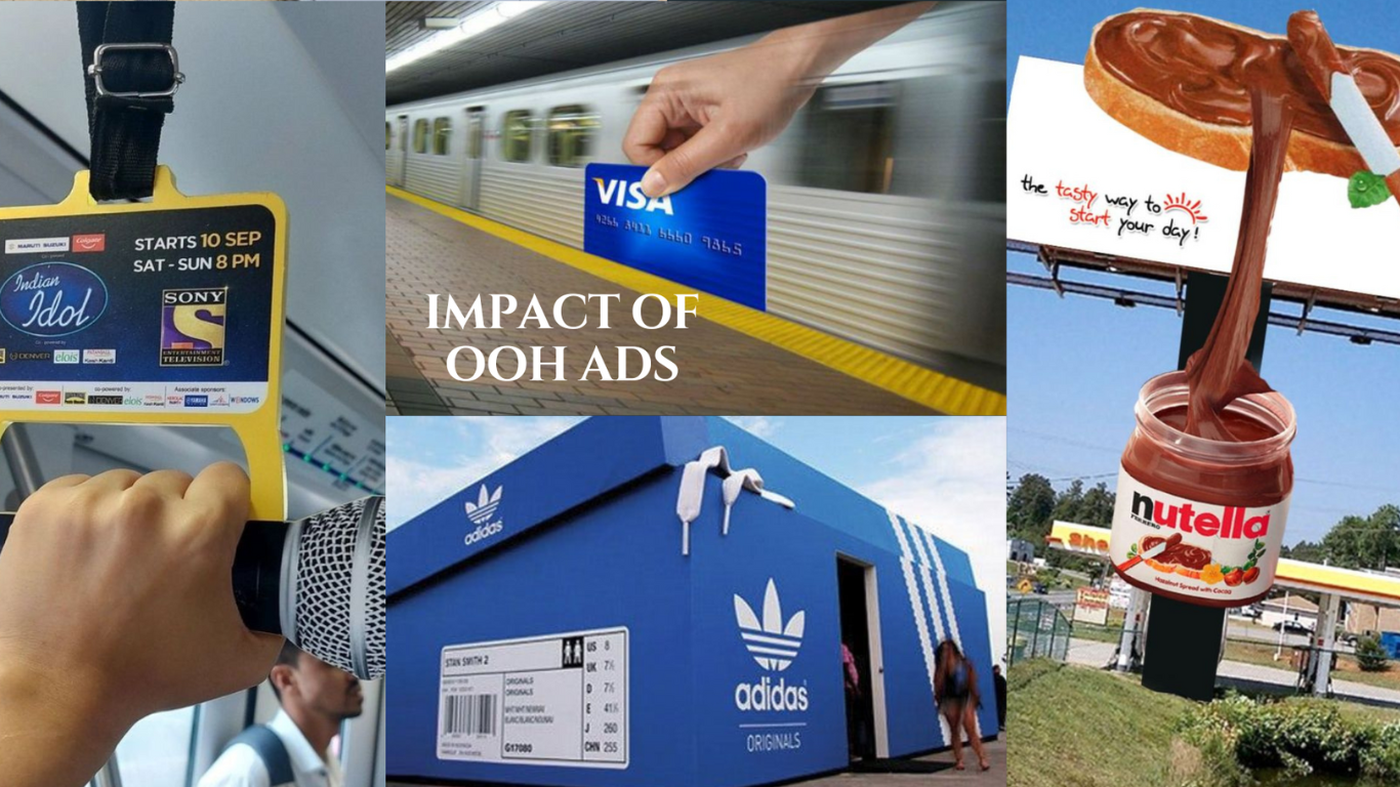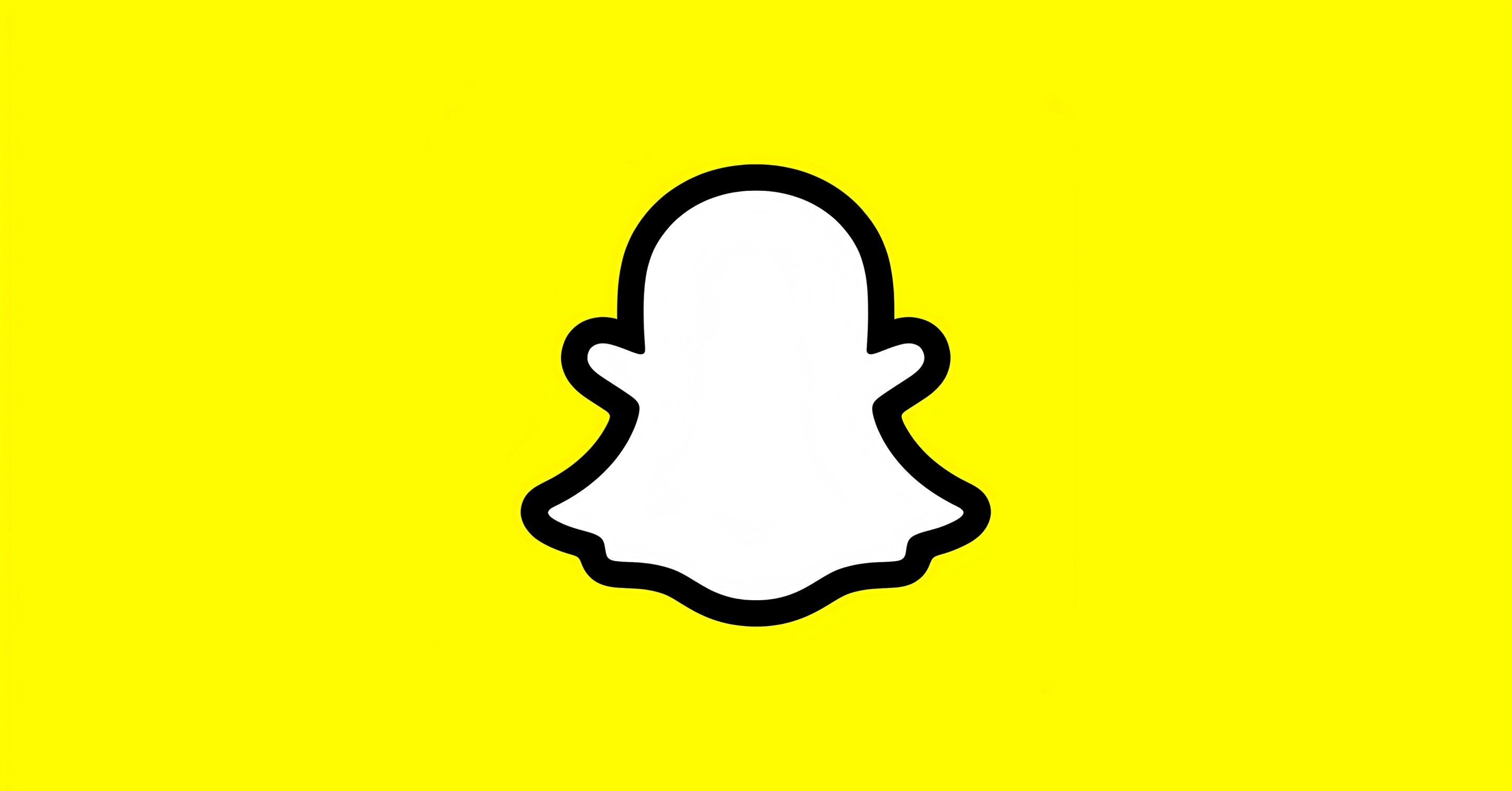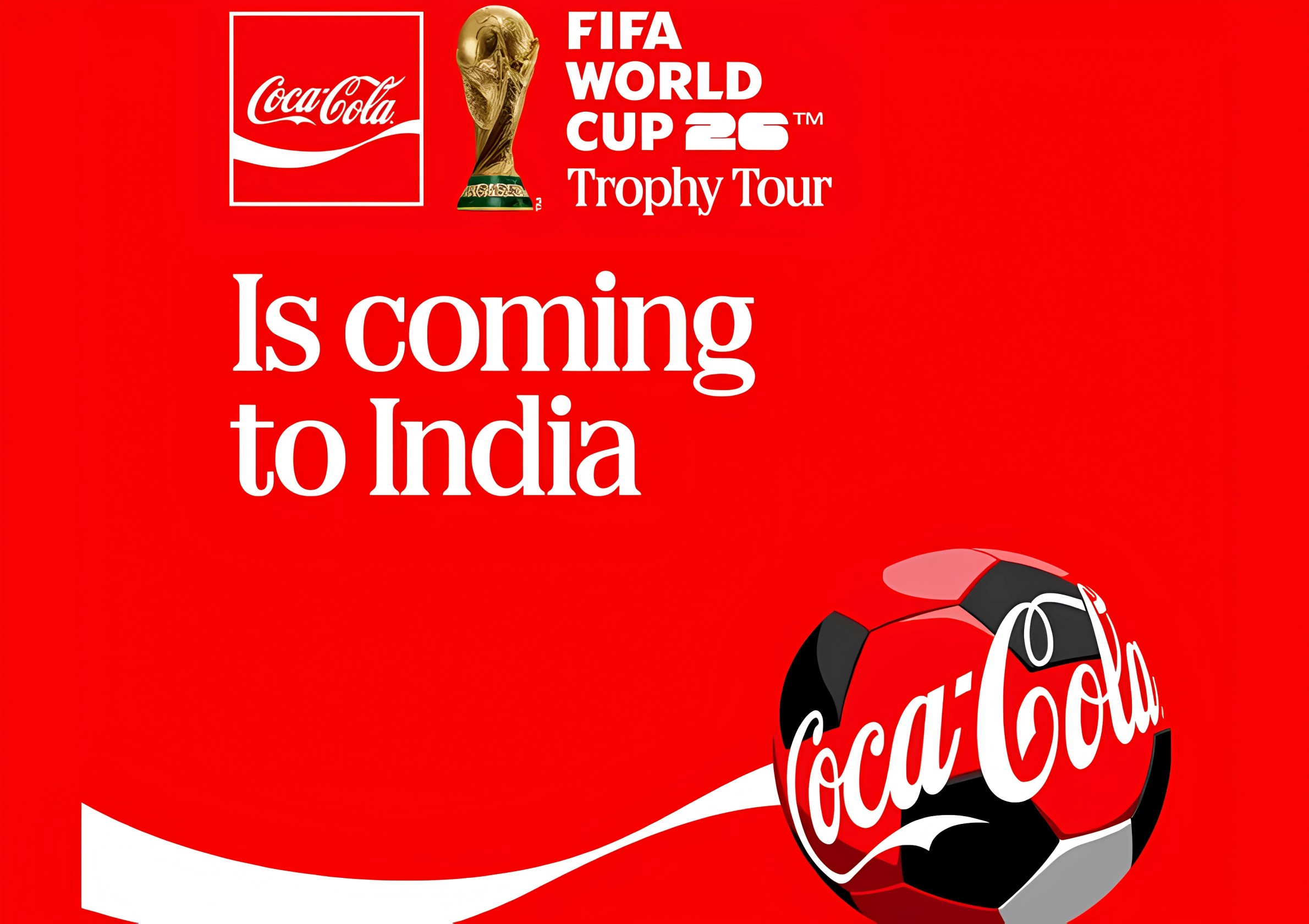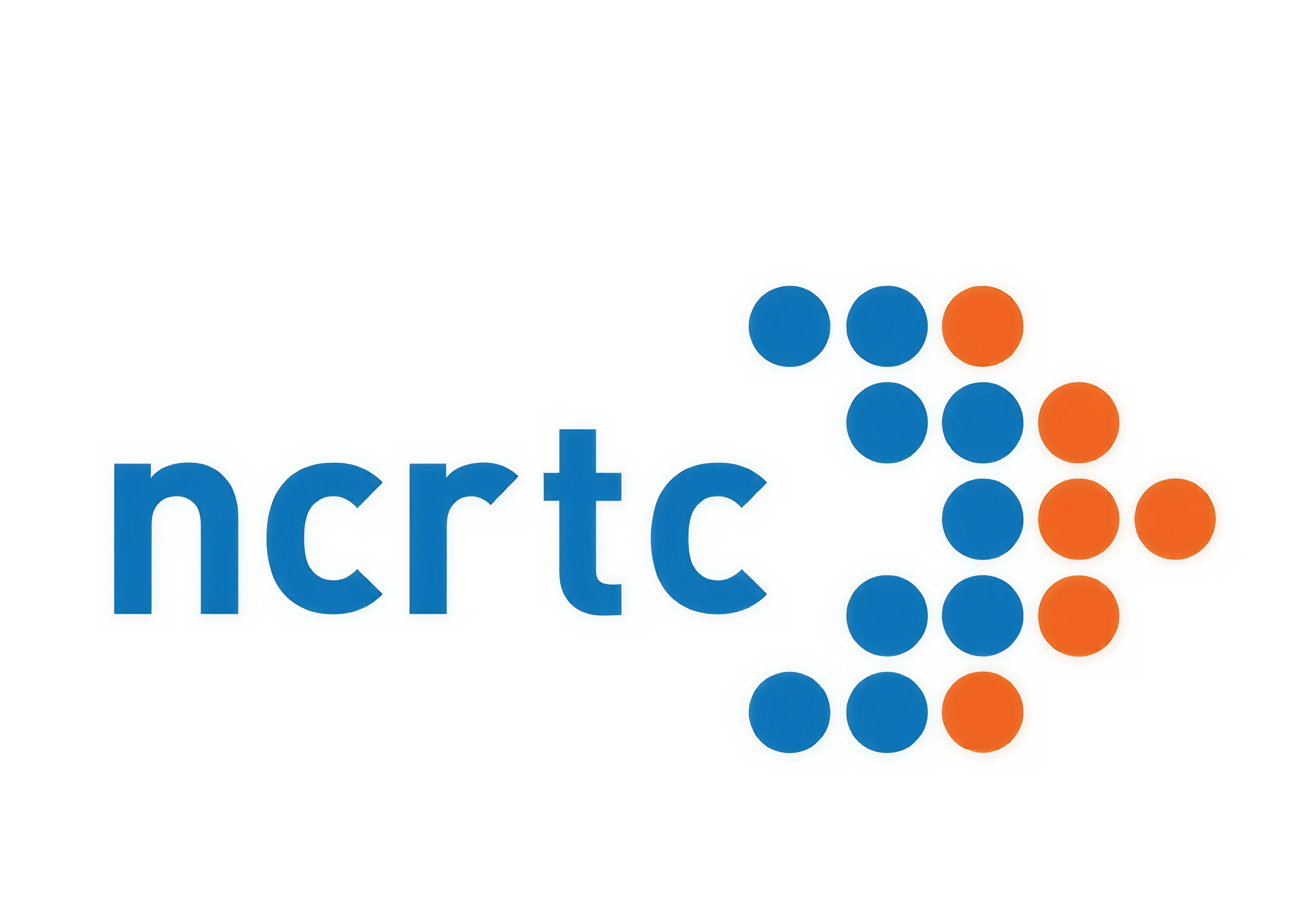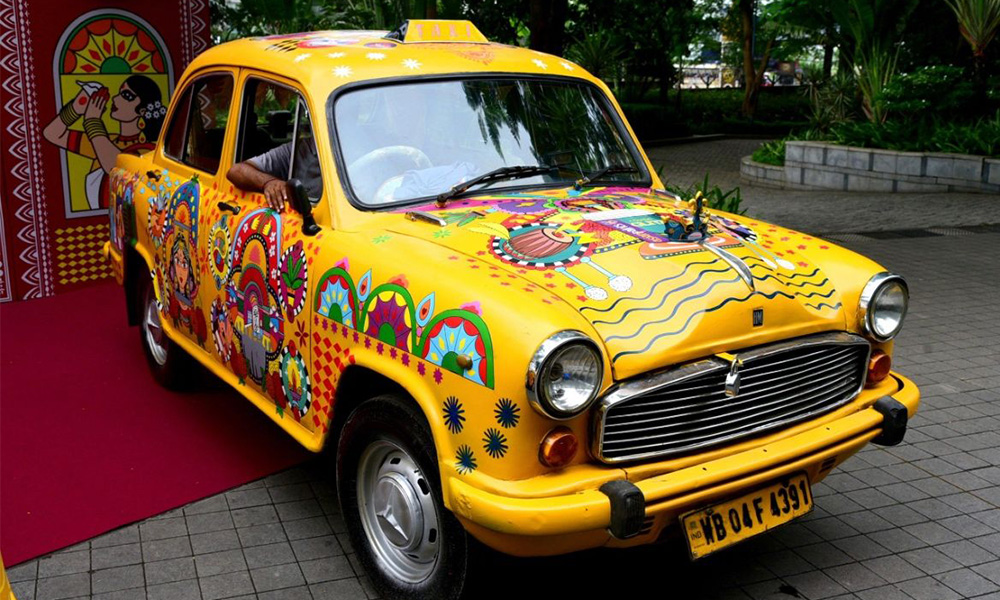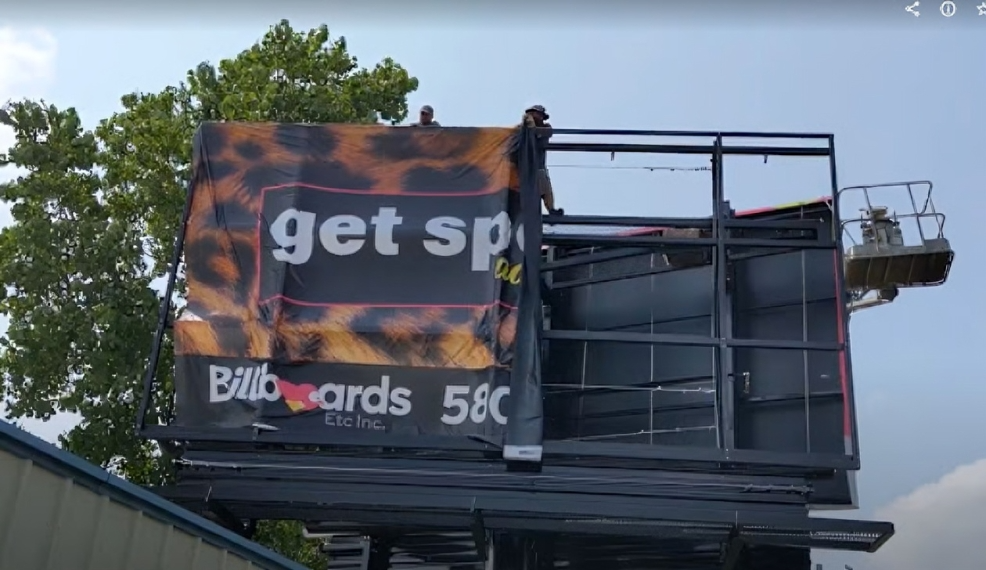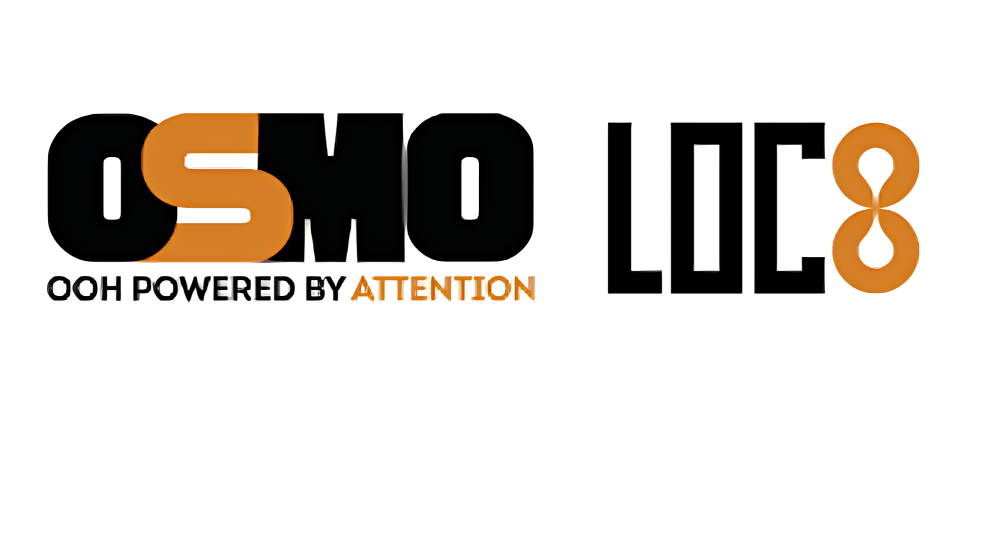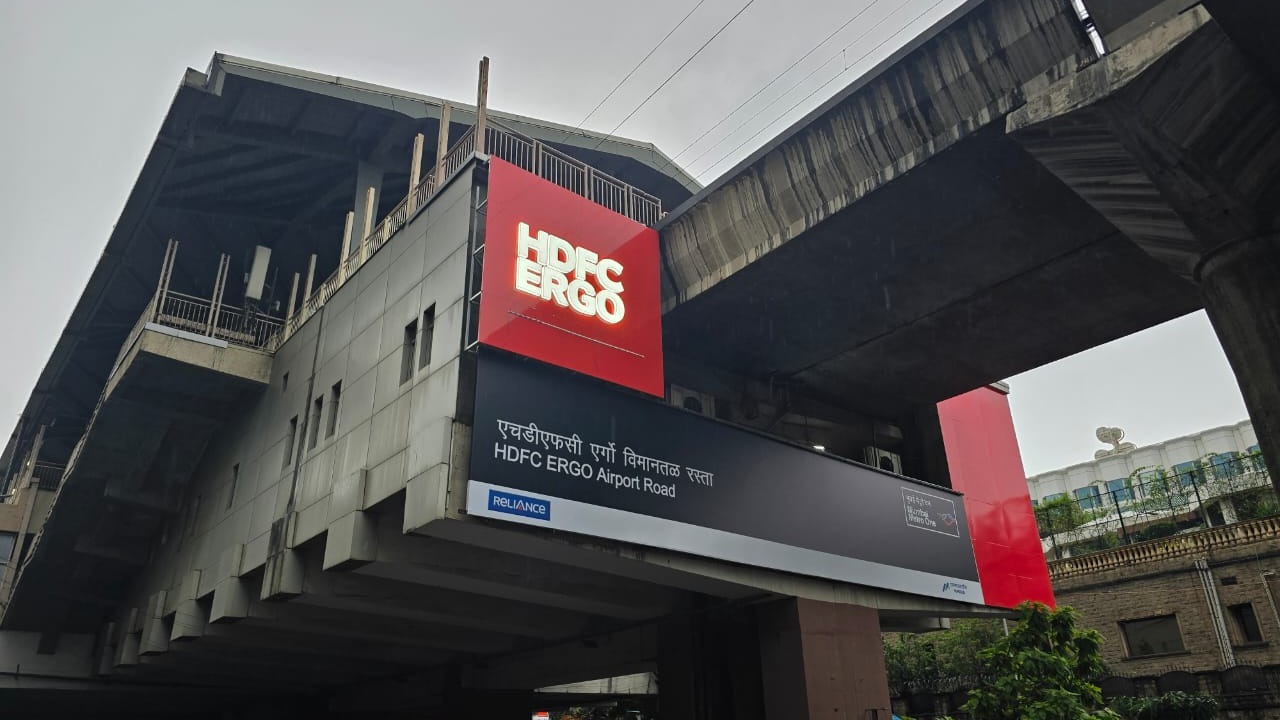In a digital age where screens have reduced our attention spans, Out-of-Home (OOH) advertising stands tall, quite literally. It's the art of reaching audiences outside of their homes through billboards, bus stop displays, transit ads, and more. OOH has been around for ages, but its relevance has stuck around, thanks to evolving technology and consumer preference.
Why do OOH advertisements make an impact?
Imagine driving down a busy highway near your neighbourhood, and a towering billboard catches your eye with a great message or an interesting image. That's the essence of OOH advertising—making an impact where it matters most, in the REAL world. For example, Coca-Cola's iconic billboards featuring their classic logo or Apple's minimalist yet powerful visuals on transit ads are prime examples of how OOH ads can leave a lasting impression.
Reaching Customers on the Go!
One of the biggest advantages of OOH advertising is its ability to reach consumers when they're on the move. Whether commuting to work, running errands, or simply exploring the city, people are constantly exposed to OOH ads, making it an effective way to target the audience. Take, for instance, the digital screens in metro stations that display ads for upcoming movie releases or the interactive bus stop ads that engage commuters with quirky one-liners and copies.
ADVERTISEMENT
From static billboards to dynamic digital displays, OOH advertising offers endless possibilities for creativity and innovation. Brands can leverage eye-catching visuals, interactive elements, and even real-time data to engage audiences in unique and memorable ways.
The "Share a Coke" campaign, where Coca-Cola personalized billboards with people's names, or Spotify's witty ads that playfully interact with current events are excellent examples of how OOH ads can capture attention and spark conversation.
The Game of Strategy vs Digital Marketing
While digital marketing continues to be the trendiest way to capture eyeballs, OOH serves as a valuable addition to online efforts. By integrating OOH campaigns with digital channels, brands can create an ‘omnichannel’ experience that enhances brand visibility and delivers key messages. McDonald's "McDelivery'' campaign, which combined OOH ads with geo-targeted mobile ads to promote their delivery service, is a testament to the power of integrating offline and online marketing channels.
What’s the impact and return on investment?
One of the challenges of traditional advertising has always been measuring its impact and return on investment (ROI). However, with technology, OOH advertising is transitioning from simply being a medium. It can be measured using instant feedback.
Thanks to social media, brands that garner eyeballs via OOH advertisements, get customer interactions. The customer would often snap a picture and upload it on a platform, which would get the brand instant fame! Sounds like a win-win to us.
ADVERTISEMENT
Digital billboards are also equipped with sensors that can track foot traffic and engagement metrics, while mobile data can provide insights into consumer behaviour and demographics. The outdoor apparel brand, The North Face, used location data to identify high-traffic areas and strategically place their OOH ads, resulting in a significant increase in store visits and sales.
What does the future hold for OOH?
As technology continues to be used in marketing, OOH will become futuristic. From augmented reality experiences to AI-driven personalization, it holds endless possibilities for innovation and creativity. As brands strive to cut through the clutter and capture the attention of consumers, OOH advertising will undoubtedly be the game changer.
Imagine walking down the street and seeing OOH ads that can be viewed on your wearable tech like an Apple Watch, or respond to your voice commands—this is the future of OOH advertising, where the physical and digital worlds converge to create immersive brand experiences.
In a world bombarded with digital noise, Out-of-Home advertising cuts through the clutter and reaches the audience. With its ability to be tangible, it can not only become an outlet for brands to experiment with creativity and innovation but also a part of their digital marketing strategies.
ADVERTISEMENT
As technology continues to evolve, promising new opportunities for engagement and impact will emerge from OOH. Whether it's through personalized experiences or interactive displays, OOH ads will continue to captivate audiences and shape the way we perceive and interact with brands in the years to come.
We take it that the next time you see an OOH advertising, you’ll remember that it's so much more than just an advertising tool.

